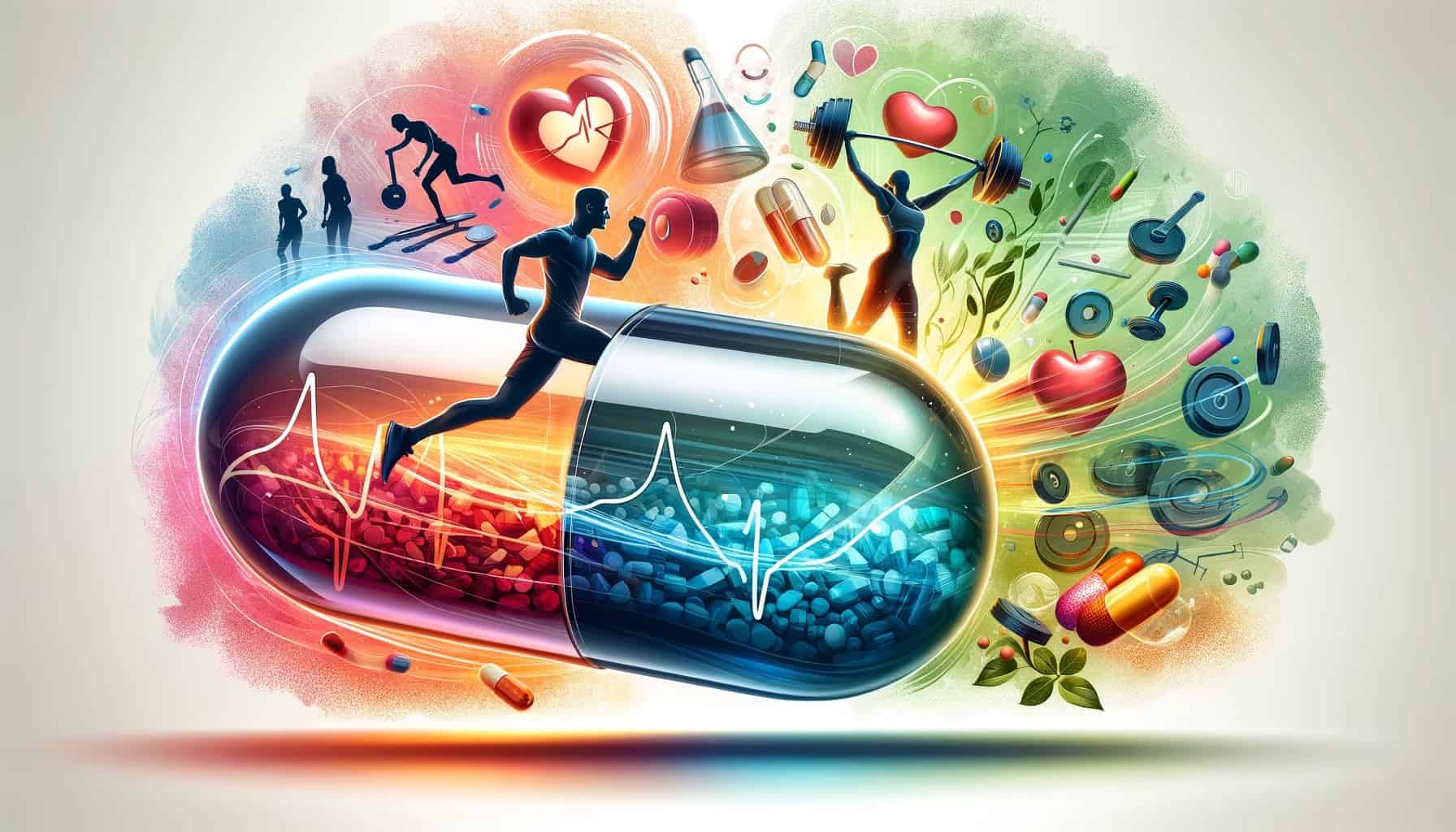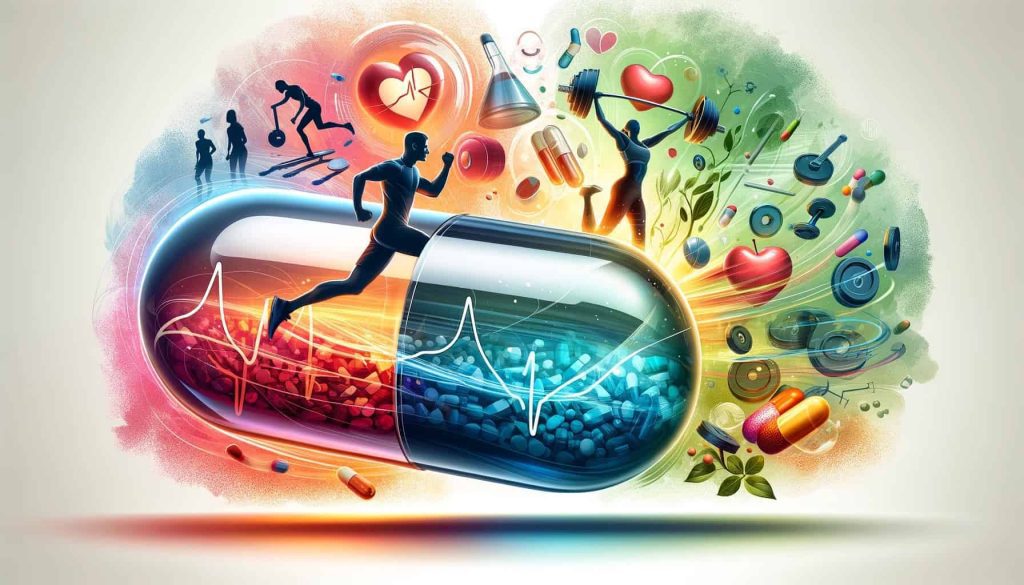
Researchers have developed compounds that could imitate some of the health benefits of exercise. health benefits of exercise. One day, these could result in new treatments for muscle atrophy, heart failure, and neurodegenerative diseases. Experiments on rodents have proven encouraging. In the not so distant future, these compounds could be as simple to use as popping a pill.
“I don’t like exercise and I know many people don’t or can’t,” Professor Bahaa Eldien Elgendy of the Washington University School of Medicine and lead author of the new study told ZME Science.
“Our motivation comes from the immense health benefits associated with regular exercise. Exercise has been shown to improve various aspects of health, such as cardiovascular function, metabolism, mental well-being, and overall quality of life. However, not everyone is able to engage in regular physical activity due to various barriers, such as age, physical limitations, or medical conditions.”
“This could lead to improved management and prevention of chronic diseases, enhanced cardiovascular function, increased metabolism, and better mental health. Additionally, exercise mimetics could potentially be used as a complement to traditional exercise programs, augmenting the effects and allowing individuals to attain even greater improvements in their health and fitness.”
Mimicking Exercise Through Biochemistry
Exercise triggers changes in our metabolism through the activation of specific proteins called estrogen-related receptors (ERRs). These come in three forms: ERRα, ERRβ, and ERRγ. After nearly ten years of research, Elgendy and his team created a compound named SLU-PP-332. While it activates all three of these receptors, the main target was the difficult-to-activate ERRα. This receptor plays a crucial role in managing the body’s response to exercise stress and other vital muscle functions.
“It required tremendous effort from so many scientists. It takes a village to develop a drug,” said Elgendy, highlighting the challenges of drug discovery.
In experiments on mice, the researchers found that SLU-PP-332 increased the production of a type of muscle fiber that resists fatigue, enhancing the mice’s endurance on a treadmill.
To develop SLU-PP-332, the team meticulously analyzed the structure of ERRs and their binding process with activating molecules. The researchers then used the lessons they learned to craft newer molecules improve upon this interaction. With these, they aimed for a stronger effect than what SLU-PP-332 could achieve. These new compounds show improved stability and reduced toxicity.
“Activation of ERRs by compounds like SLU-PP-332 can lead to increased mitochondrial biogenesis, improved energy metabolism, and enhanced oxidative capacity in cells. These effects are reminiscent of the benefits typically induced by physical activity, as exercise itself can increase mitochondrial function and metabolism in skeletal muscle cells,” said Elgendy.
“By activating ERRs, SLU-PP-332 essentially “tricks” the cells into behaving as if they have experienced exercise, even in the absence of actual physical activity. This activation of ERRs can potentially lead to improved metabolic health, increased endurance, and other benefits similar to those observed with regular exercise.”
By analyzing RNA genes from about 15,000 rat heart muscle cells, the researchers compared how effective SLU-PP-332 was with the new compounds. The new molecules caused a significant increase in RNA signaling, showing that more genes were activated, including those that imitate the effects of exercise.
The future of science
Initial studies show that these new compounds could combat obesity, heart failure, and age-related decline in kidney function. They might also offer a new way to deal with neurodegenerative diseases like Alzheimer’s disease, because they can affect processes in the brain.
Even so, there is no replacement for proper exercise. The impact of intense physical activity is entirely comprehensive, causing changes throughout the body from the nervous system to muscles to individual cells. You still need to exercise in order to get the full range of benefits that come with it. But for those who can't exercise due to physical limitations, these compounds could greatly improve their quality of life.
The researchers emphasize that these SLU-PP-332-like compounds are a proof of concept. While the results so far are very promising, they want to test the new compounds using animal models, which could later lead to clinical trials.
“We are in the early stages of development and expect to face challenges as in any drug discovery program. To address this, we are conducting thorough preclinical testing to ensure safety and effectiveness in future human trials. We will carefully select more animal models that closely mimic human physiology, and use multiple animal models for better validation,” Elgendy said.
The discoveries were presented at this week’s spring meeting of the American Chemical Society (ACS).
Was this useful?
Related Articles
- This new method of removing salt makes water cheaper than your tap
- More skunks that stand on their hands join the family
- Gwyneth Paltrow’s “Goop” is still a scam and the recent Netflix movie is terrible
- New ‘Golden’ Potato with Vitamin A and E could help combat malnutrition in developing nations









